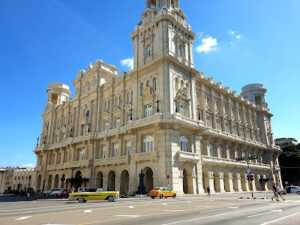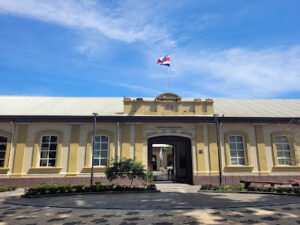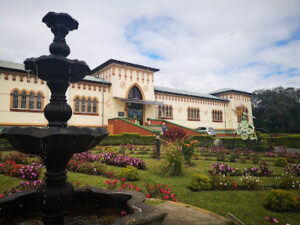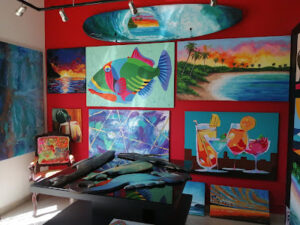The Arctic University Museum of Norway
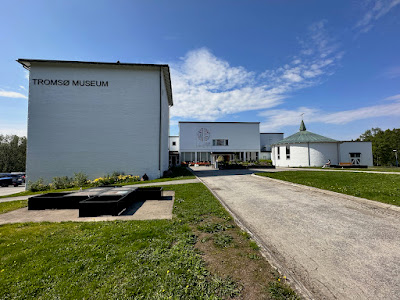
Introduction
The Arctic University Museum of Norway, located in Tromsø, is a vibrant gateway to the natural and cultural heritage of Northern Norway and the Arctic. Situated at Lars Thørings veg 10, this remarkable museum offers visitors an immersive experience that celebrates the region’s biodiversity, indigenous cultures, polar history, and scientific discovery. Whether you are curious about the northern lights, fascinated by Sami traditions, or eager to explore Arctic expeditions, this museum promises a journey of discovery in a warm and engaging atmosphere.
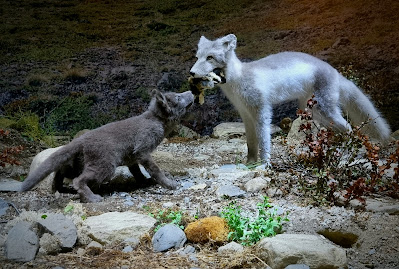
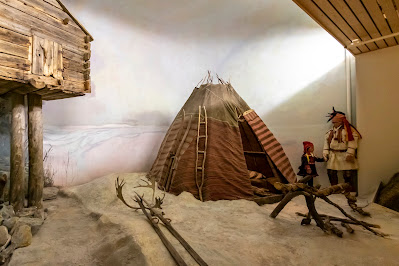
About the Museum
Established in 1872, the Arctic University Museum of Norway is the oldest scientific institution in Northern Norway and now forms part of the University of Tromsø. The museum’s mission is to systematically document, preserve, study, and exhibit the natural and cultural heritage of Northern Norway and Svalbard. It brings together two core research areas—natural sciences (including zoology, botany, and geology) and cultural sciences—to present a multifaceted story of the region.
The museum operates across four public venues: the main Tromsø Museum building, the Polar Museum (Polarmuseet) in the city centre, the historic sealing ship M/S Polstjerna, and the Arctic–Alpine Botanical Garden at Breivika. Each venue offers a unique perspective: the Polar Museum explores polar expeditions and seal-hunting traditions; Polstjerna presents a tangible link to Arctic maritime life; and the botanical garden showcases plant life adapted to harsh northern climates.
Central to the museum are its extensive collections. The zoological assemblage includes over 160 000 specimens, with 27 holotypes, while botanical specimens—algae, fungi, lichens, mosses, and vascular plants—total more than half a million. Through ongoing digitization efforts, these collections are now accessible online, supporting global research and fostering public engagement with Arctic biodiversity.
Interesting Facts
- Northern Lights in action: The interactive “Under the Lights” exhibition lets you experience auroras firsthand—play with a plasma globe, learn from lightning researchers, and understand how the northern lights affect modern society.
- Sami cultural heritage: The museum’s “Sápmi – a nation becoming” exhibition traces the rise of the Sami people from an oppressed minority to a modern indigenous nation, highlighting their resilience and rights.
- Boat burials revealed: In “Dig a Grave – Bury a Boat”, visitors see how Vikings and early Norwegians used boats in funerary traditions, complete with artefacts excavated from ancient graves.
- Glimpse of Arctic expeditions: The Polar Museum houses captivating exhibitions on explorers like Roald Amundsen and Fridtjof Nansen, and the preserved sealing vessel M/S Polstjerna from 1949–1981 offers a vivid sense of life at sea.
- Arctic biodiversity showcased: The natural history collections feature fossil ichthyosaurs, whale skeletons, golden nuggets, and interactive displays on geology and animal evolution in the North.
- Botanical garden in the midnight sun: The Arctic–Alpine Botanical Garden features over 25 thematic collections, with a season from late May to mid–October. It blooms under the midnight sun, featuring rhododendrons, saxifrages, and Arctic flora.
- Digital access: A powerful online portal lets researchers and the public explore the museum’s zoological and botanical specimens worldwide, supporting biodiversity research.
Photo Gallery

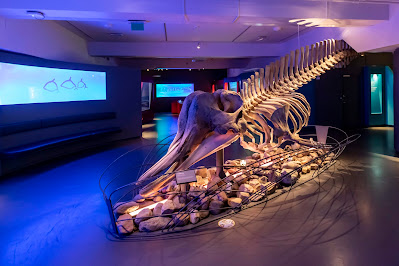



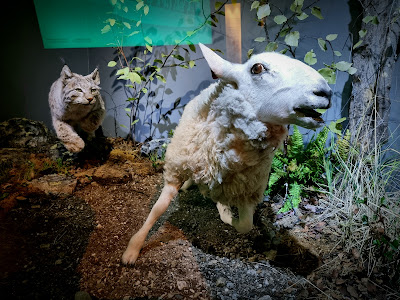
Physical Location
Contact Details
Phone: +477 764 5001
Website: uit.no/tmu
Facebook: facebook.com/uit.international/
Conclusion
The Arctic University Museum of Norway is far more than a traditional museum— it is a living celebration of Northern Norway and the Arctic, merging rigorous scientific research with interactive, accessible storytelling. From exploring the mysteries of the northern lights and ancient Sami traditions to stepping aboard a historic sealing ship or strolling through an Arctic garden, it offers experiences that both educate and enchant. Whether you are spending an hour or an afternoon, this museum makes an exceptional destination for families, researchers, students, and curious travellers seeking a deeper connection with the Arctic’s richness and history.
